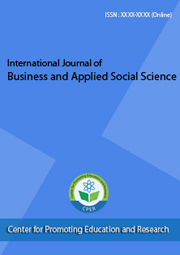current
Table of Contents
Articles
Author(s): James Burrell, Ph.D.
Abstract:
The production of open education resources has contributed to increased access to academic literature and enhancement of global digital competency. While these public domain resources are primarily used in instruction, learning, and assessment academically, they are also used for corporate training programs. A primary advantage of open education resources is the ability to reuse, revise, remix, retain, and redistribute materials. The recent advancements in multi-modal generative artificial intelligence technologies provide the ability to produce of text, speech, audio, image, and video content that can be used for open education resources. This paper provides an overview of the potential benefits, risks, and considerations associated with the use of generative artificial intelligence systems to produce and contribute to open educational resources.






